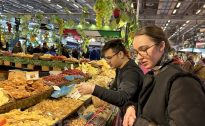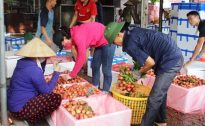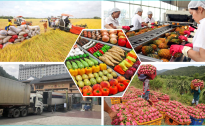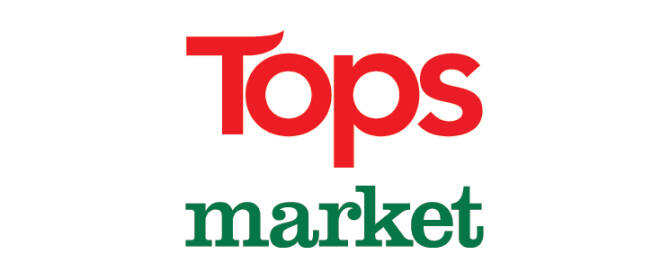
BRIGHT SPOT FROM CHINESE MARKET
29/03/2023In the first month of 2023, agricultural exports have shown signs of improvement.
Mr. Nguyen Dinh Tung – General Director of Vina T&T Group, said that fresh fruit export orders in January recorded a growth of 30% compared to the same period last year. Besides that, traditional products maintain stable orders. Notably, grapefruit exported to the US and durian to China contributed to this growth.
Even new products joining the official export race have additional orders every day. “One is due to market demand, purchasing power in Europe and the US is recovering faster than forecast by the end of the second quarter of 2023. Meanwhile, fresh fruit products are consumed quickly, so partners place new orders daily, especially from the Chinese market,” said Mr. Nguyen Dinh Tung.
According to Mr. Le Ba Anh, Deputy Director of the Department of Agriculture, Forestry and Fisheries Quality Management (Ministry of Agriculture and Rural Development), China will open its borders and remove the “Zero COVID” policy from January 8, 2023. The biggest beneficiaries are the fresh agricultural products industry.
“High-value fresh goods, such as crabs, lobsters, tiger prawns and white-leg shrimp, are almost only exported by road, but during the period when China was controlling the ‘Zero COVID’ epidemic, border gates were congested and goods could not be exported. Therefore, when they open trade, customs clearance is more convenient for these items. Second, the consumption power of the market of 1.4 billion people has been suppressed for nearly 3 years. Recently, they reopen restaurants, the demand for fresh seafood will increase sharply,” Mr. Le Ba Anh commented.
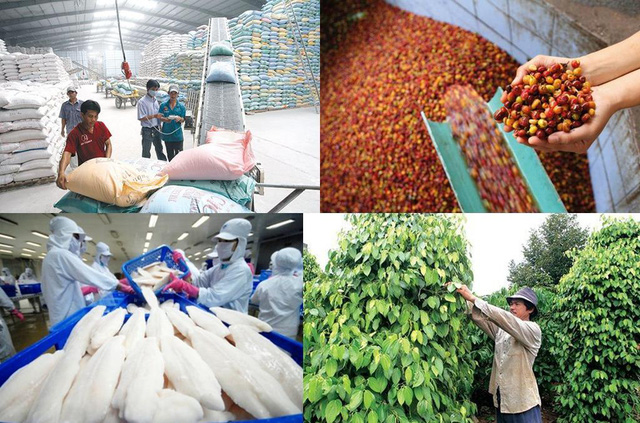
According to this opportunity, Mr. Nguyen Thanh Hai, General Director of Hacaseafood Seafood Joint Stock Company, said that in January, the business had nearly 200 containers of goods exported to the Chinese market for the Lunar New Year.
The reopening of China’s borders is considered a bright spot for our country’s agricultural exports in 2023 because the market of 1.4 billion people accounts for more than 17% of the entire industry’s export turnover.
While the fresh produce industry takes advantage of geographical advantages to sharply increase export orders to China, many agricultural product industries with high economic value continue to reach out to demanding markets, especially rice grains.
Last year, ST25 rice was officially imported and sold in supermarkets in Japan, the Middle East and Europe. Even branded rice from Vietnam was chosen to be put into the kitchen of the Japanese Cabinet. Evidence shows the shift from output to quality thinking in the agricultural sector.
Not only is it licensed for official import, but Vietnamese brand rice is sold at very high prices – Mr. Pham Thai Binh, General Director of Trung An High-Tech Agriculture Joint Stock Company, said that last year, the price of fragrant rice exported to the Middle East and Europe reached an average of 650 USD/ton, especially ST24 rice and ST25 costs over 1,000 USD/ton. This is the high export price for rice products for years.
Affirming the brand in difficult markets has created momentum for Vietnamese rice in the first days of 2023. For example, Trung An Company has signed many contracts to supply rice for delivery from now until the beginning of the second quarter of 2023 to rice suppliers. Korean, Malaysian, Singaporean, European, Australian and American markets, the number is nearly 1,500 containers, equivalent to about 30,000 tons, mainly high quality rice and fragrant rice.
“There is a lot of demand for high quality and safe rice from domestic and world consumers today. Therefore, I believe that in 2023, Vietnam’s rice exports will continue to grow in both quality and value. The price of exported rice in early 2023 is very high, we sell it for 600-1,250 USD/ton, even 100% broken rice is sold for up to 468 USD/ton,” Mr. Pham Thai Binh said. I think in 2023, rice export businesses will win big.
Mr. Do Ha Nam, Vice President of the Vietnam Food Association, said that rice prices are usually very low at the end of the season, so import partners base on that price to negotiate to buy the Winter-Spring crop. However, this year, at the end of the season, we sold at a quite high price, so contracts signed for the Winter-Spring crop in 2023 will have better prices. More importantly, when rice prices increase, farmers have more motivation to expand their area, improve productivity and quality.
There are still many challenges
Entering the new year, along with opportunities from the market, our country’s agricultural exports are forecast to still face many challenges.
Mr. Truong Dinh Hoe, General Secretary of the Vietnam Association of Seafood Exporters and Producers (VASEP), said that Vietnamese businesses can take advantage of geography, low transportation costs, and high demand to promote seafood exports to the Chinese market.
However, the Chinese market is no longer an easy-going market, the standards are becoming more and more difficult, especially with very unexpected regulations and adjustments for imported seafood. Therefore, Vietnamese businesses must have changes in perspective and mentality, reach deeper into the Chinese market, and build detailed strategies for each local segment if they want to increase their proportion in this market.
As for Mr. Pham Thai Binh, the issue of cooperation and solidarity between businesses in the same industry is still weak. As for the situation of “domestic chickens fighting each other”, it is difficult for the country’s agriculture to reach out.
Meanwhile, Deputy Minister of Agriculture and Rural Development Phung Duc Tien recommended that in any market, Vietnamese agricultural products must build a competitive strategy in terms of quality, price, and brand.
Therefore, what needs to be done immediately with domestic agricultural production is to focus on production and upgrade the quality of all agricultural products according to the standards of demanding markets. One of the mandatory requirements is traceability.
Deputy Minister Phung Duc Tien emphasized that the codes of growing areas, ponds, processing and packaging facilities must be confirmed. Linking to form growing areas, ensuring growing area codes are large enough and products are supplied stably to the market in both quality and output. Global GAP and VietGAP processes are strictly implemented from seeds and seedlings. Expand bilateral trade relations, aiming for official exports and large-scale production of goods.
By doing this, Vietnamese agricultural products will have the opportunity to maintain their foothold and market share, increasing competitiveness in the global market as well as right at home.






